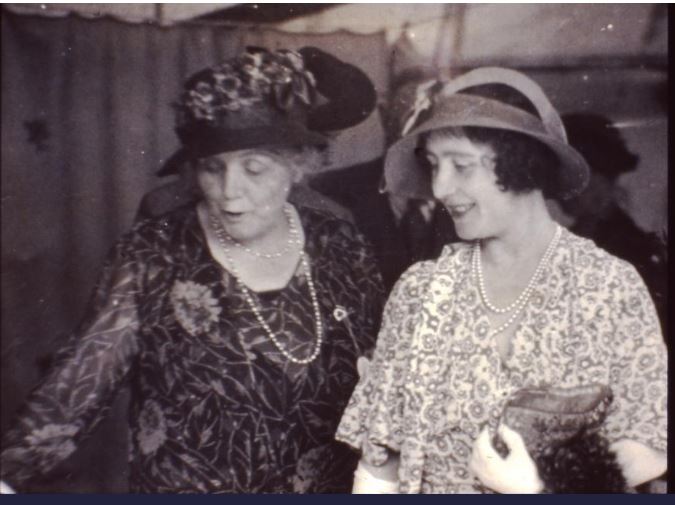Dr Hanita Ritchie of the John Gray Centre delivered this very timely and appropriate talk only one week after the celebration of International Womens Day on 08 March. Born Catherine Shields in 1872 to a farming family in Bathgate, West Lothian, Catherine was a pupil at Bathgate Academy, the local grammar school. She was a bright, academically gifted pupil who from her early years developed a strong sense of fairness and devotion to the idea of a fully democratic society, inclusive of women (not the prevailing view at this time). In 1894 she married Thomas Blair who farmed at Hoprig Mains near Gladsmuir. They had 4 children together, the responsibilities for whom kept Catherine Blair from being a militant member of the Women’s Social and Political Union. However, she was a dedicated suffragette and supported the WSPU by writing innumerable letters to the press, and chairing local meetings in East Lothian. She also played a role, with the full support of her husband, in helping to defeat the aims of the ‘Cat and Mouse Act’. This Act required that suffragettes released from prison for medical reasons (eg. effects of hunger strike) under licence should voluntarily return to prison when the licence term was concluded. They tended not to do so and, to avoid re-arrest, many were given refuge (hidden) by sympathisers. Catherine certainly participated in this to some degree.
With the onset of the First Wold War, Catherine then turned to other things for the benefit of women. The driving force was the need she perceived to give ordinary women interests and social opportunities outwith the home to which most were closely bound. This resulted in the foundation of the Scottish Women’s Rural Institute (SWRI) at Longniddry in 1917. Other local branches formed fairly quickly – Macmerry, Tranent and then Haddington(January 1919)- followed by country-wide developments. The success of the SWRI (now SWI) down the years is testament to Catherine’s determination and vision.
The application of Catherine’s artistic interests, and her ceaseless campaigning for the development of rural industries and other initiatives designed to harness the potential of women, led to the foundation of the Mak’Merry Pottery studio (Macmerry) in 1919. It was essentially set up as a womens’ cooperative, linked to the SWRI, with members bringing their own designs to life with clay and paint (although Catherine always referred to herself as “the heid painter”). Catherine saw this not only as a an outlet for creativity but also a means to provide employment and income for poorer women. The pottery became very popular during the interwar years and is now very collectable. It’s popularity in the 1930’s was underpinned by Queen Elizabeth (the Queen Mother) when she ordered Mak’Merry crockery at the 1933 Highland Show.
Thomas Blair gave up the farm in 1932 and he and Catherine retired to North Berwick. A new Mak’Merry studio was set up there and functioned until the outbreak of the Second World War. Catherine continued her advocacy of women’s issues and support for initiatives benefitting women for the remainder of her life. She died in North Berwick in 1946.
Peter R
